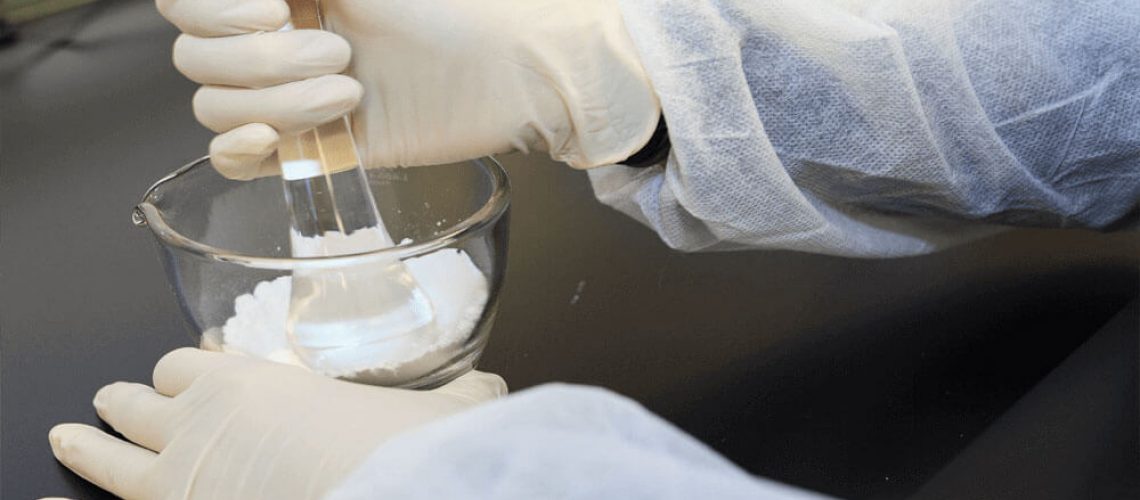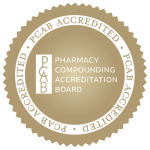A number of herbal and dietary supplements claim to alleviate menopausal symptoms. Some studies have shown that black cohosh and soy, to a lesser extent, may help. Trials of vitamin E, dong quai, and other such treatments have shown little evidence that they alleviate symptoms, however, this topic still needs much research. Dietary supplements are not regulated by the Food and Drug Administration, and it is important to talk to your doctor before taking any kind of supplement.
Let us take now a brief look at some of the most commonly used plant-derived supplements to reduce some of the uncomfortable symptoms of menopause:
- Siberian Rhubarb
- Black Cohosh
- Evening Primrose Oil
- Soy
Siberian Rhubarb root extract contains phytoestrogens, such as daidzen, genistein, etc. Phytoestrogens are plant-derived xenoestrogens – “environmental estrogens” which are unfortunately widely used industrial compounds. They all do mimic the estrogen in many unpredicted ways.
Xenoestrogens may temporarily or permanently alter the feedback loops in the brain, pituitary, gonads, and thyroid by mimicking the effects of estrogen and triggering their specific receptors or they may bind to hormone receptors and block the action of natural hormones. The similarity in the structure of exogenous estrogens and the estrogens has changed the hormone balance within the body and resulted in various reproductive problems in females. The overall mechanism of action is binding of the exogenous compounds that mimic estrogen to the estrogen binding receptors and cause the determined action in the target organs.
There are a few commercialized products containing Siberian Rhubarb root extract claiming to be beneficial for menopausal vasomotor symptoms. One of them – Estrovera – has some small studies that show some efficacy. These products are in the category of nutraceuticals, meaning that they are administered orally and it is really hard to predict the pathway the ingredients in this nutraceutical product may have in the body
It remains unclear if phytoestrogens can minimize some of the deleterious effects of low estrogen levels (hypoestrogenism) resulting from oophorectomy, menopause, or other causes. A Cochrane Review of the use of phytoestrogens to relieve the vasomotor symptoms of menopause (hot flashes) concluded that there was no conclusive evidence to suggest any benefit to their use, although genistein effects should be further investigated. Another study reported that phytoestrogens such as genistein may help prevent photoaging in human skin and promote formation of hyaluronic acid.
Black Cohosh is also used for menopausal symptoms, but does not contain phytoestrogens. There is not much scientific evidence to explain how does black cohosh works in the body to help with menopausal symptoms.
Evening primrose oil – is the oil derived from the seeds of the evening primrose (Oenothera biennis) plant. It has a number of popular uses and is widely available in supplement form.
One of the most important ingredients in evening primrose oil is gamma linolenic acid (GLA), which is also found in other plant-based oils.
Hot flashes experienced by women going through the menopause have a number of non-hormonal treatment options, but, according to the evidence, evening primrose oil does not have an effect.
Some women report PMS symptoms being eased by evening primrose oil, for instance, breast tenderness, feelings of depression, irritability, and swelling and bloating from fluid retention.
However, there is no current evidence to support a role for evening primrose oil in easing premenstrual syndrome (PMS).
Soy – Are soy isoflavones effective? Are soy isoflavones safe?
Soy is high in isoflavones. Isoflavones are a type of phytoestrogen. Phytoestrogens are chemicals found in plants that work like estrogens. In some ways, the human body can use them like estrogens.
Soy products may improve menopausal symptoms, such as hot flashes. This is based on mixed evidence. So far, studies have used many different soy sources and different measures of success, which are hard for experts to compare. Soy isoflavone (rather than soy protein) studies have shown the most promise for hot flash treatment.
The long-term effects of a diet high in soy have not been well-studied. High soy intake can’t be considered safe until more research is done.
Conclusion – It is true that there are lots of anecdotal support materials for the use of plant-derived supplements to help alleviate some of the hormone imbalance related symptoms, particularly the ones related to menopause.
Some patients may benefit from some of them, but it may also be a placebo component to it.
Safety being the assumed main reason for using these products versus the actual hormones, it may come as a surprise if one advocates for “the real thing” instead.
What I mean by the real thing is – Bio-Identical Hormone Replacement Therapy (BHRT).
And I will tell you why BHRT:
Fact – as we age, our endogenous production of sexual hormones declines. That goes for most of them: estrogen, progesterone, testosterone, thyroid, DHEA, pregnenolone, etc. The only hormone that goes up as we age is cortisol. It is not a sexual hormone, but it works in close relationship with them.
In each individual, the rate of each hormone’s decline is different and the physiologic balance is broken.
The result is called – hormonal imbalance – that comes with a whole array of symptoms at various degrees of severity.
With thorough, proper and specialized assessment, it is much better to create a customized treatment plan that will include custom-created BHRT formulation(s) for the patient’s unique needs. BHRT option will come with a well-crafted combination of hormones in the right ratio to help restore the hormonal balance and partially replenish the body with some its lost hormones that ultimately will not only help with the symptoms, but also improve many of the core body functions.
Another important fact – HRT & BHRT are two very different things. Conventional HRT stands for Hormone Replacement Therapy and is/was conventionally done with synthetic hormones that have been proven to do more harm than good. BHRT – on the other hand – is done with chemically identical hormones. That means that the molecular structure of the hormones included in the BHRT formulations is identical to the one the human body produces.
This approach takes a close collaboration between the patient – doctor- and the compounding pharmacist with the goal to improve patients’ lives.
Nurten Rasid, MD – Compounding Clinical Consultant




